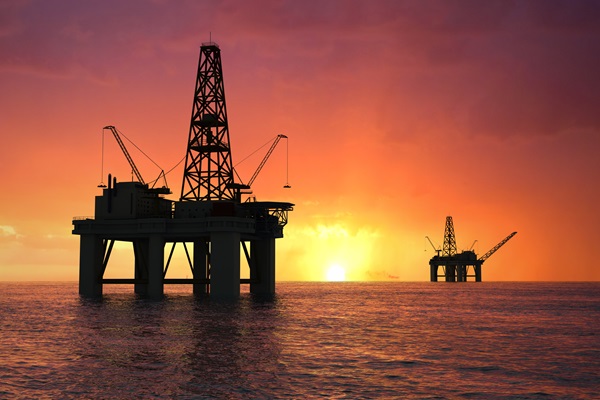.png)

Pandya, a communications professional, explores climate, energy transition, and security. Off the grid, he recharges with long-distance runs.
June 19, 2025 at 6:20 AM IST
Two key developments in India’s gargantuan oil economy caught attention and made headlines over the past week. First, Oil and Gas Minister Hardeep Puri told The New Indian that India may be on the cusp of discovering a game-changing oil reserve in the Andaman Sea — comparable to ExxonMobil’s prolific Guyana discovery of over 11.6 billion barrels. This is certainly significant, given that India’s exploration has largely been soporific for many years now despite claims of some big finds, leading to a stagnant domestic output.
The second update came from the International Energy Agency, which said that India will lead global oil demand and add as much as 1 million barrels per day by 2030 on the back of economic expansion. Thus, India’s demand for crude oil is projected to rise steadily from 5.64 million barrels per day to 6.66 million barrels per day. Even as the global oil demand is forecast by IEA to plateau around 105.5 million barrels per day by 2030, India’s crude consumption will continue to move up and is estimated to double from the 2024 levels to 11 million barrels per day by 2045.
It is evident that demand, and hence the criticality of crude oil in the energy basket, will not diminish anytime soon despite the momentum behind renewables, battery storage, and emerging fuels such as hydrogen, renewable natural gas, and fuel cells. While the overall share of oil in the energy mix will dip as alternatives plug into rising consumption, absolute demand will continue on an upward trajectory.
Crude Compulsion
Given the ever-evolving demand-supply dynamics, the need for significant oil and gas discoveries cannot be stressed enough for a nation that is the third-largest oil-consuming and importing economy globally.
Sample this. In 2024-25, India’s crude oil bill was a staggering $137 billion with imports rising 4% on year to 242 million tonne. For perspective, that’s 20% of India’s foreign exchange reserves of $686 billion and 75% of India’s revised fiscal deficit estimate of ₹15.7 trillion for 2024-25. Last year’s import bill even exceeded the government’s 2024-25 net market borrowing of ₹10.7 trillion by a substantial ₹1.1 trillion! Theoretically, had India been a major oil producer, it could have added $137 billion to its forex kitty last year alone.
But that’s not the case. Against the government’s vision to cut dependence on oil imports to 75%, the reliance on nations from Russia to Saudi Arabia and the UAE for crude has only gone up. According to the Petroleum Planning & Analysis Cell, India’s import dependency of crude oil, on ‘petroleum, oil and lubricants’ basis was at 88.5% in 2024 that hit a record high of 90% in April this year. On the other hand, domestic output has been on the decline, dropping from nearly 38 million tonne in 2013-14 to 28.7 million tonne last year as ageing oil fields and absence of sizeable discoveries took their toll.
Volatile oil prices pose another major challenge when juxtaposed with rising demand in an import-dependent economy. Brent crude remained rangebound in calendar 2024, averaging $80 per barrel but the on-going Israel-Iran conflict has already pushed the benchmark close to a four-month high of $76.7 per barrel. In case the conflict escalates, oil prices could quickly go past the $100-per-barrel mark and this would be hugely disruptive for an economy like India’s. Such a spurt will not only stoke inflationary pressures since oil prices are deregulated for industries and commercial establishments but drain forex reserves and lead to ballooning of current account deficit. According to estimates, every $10 per barrel increase in oil prices can worsen the annual CAD by nearly $15 billion.
When Minister Puri says that it’s only a matter of time before India stumbles upon a ‘big Guyana’ in the Andaman Sea, one hopes his optimism is prescient. A discovery of this size and potential will not only insulate Indian economy’s growth engine from import dependence but also from sharp volatility in crude prices.




